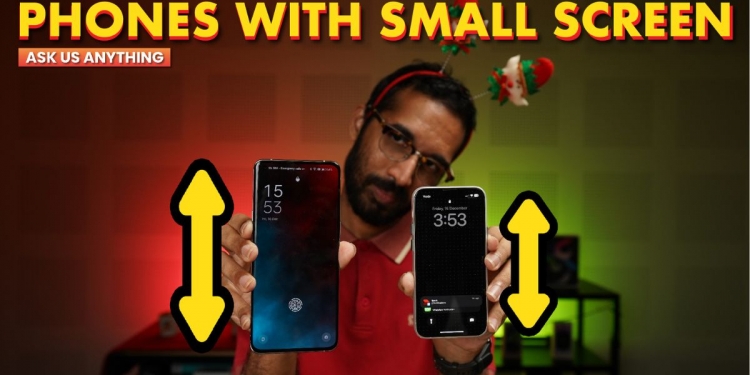Welcome back to another episode of Ask Us Anything, where we gather your questions from the internet and answer them.
In today’s episode, we find out why some Maxis users can already access DNB’s 5G network despite Maxis not signing on yet, some phones with small screen sizes, and if there’s an Android smartwatch with ECG.
Why can some Maxis users already access DNB’s 5G network?

Yes, as of right now, Maxis has yet to sign an agreement with DNB to use the 5G network. Maxis aims to complete the approval process by January 2023 and to commercially launch 5G-related products and services soon after. The telco added that further announcements with more details would be provided in due course.
But coming back to the question of why some users can connect to the 5G network on Maxis, the most sensible explanation would be that Maxis might be performing a friendly user trial or FUT with select customers.
These trials are typically done to assess the network on the merit of performance, stability, and reliability. Data from the trial will be used to iron out any kinks, bugs, and underlying issues before the official launch. Celcom did something similar with its customers back in September of 2022 before its official 5G mobile plan launch.
At the moment, you can access the 5G network through Celcom, Telekom Malaysia, Digi, U Mobile, and YTL Communications’ Yes 5G.
Any phones with small screen sizes?
There are some people who prefer smaller screen phones for their compact form factor, allowing for easier usability, especially with one hand. Besides that, they are more easily pocketable. However, you should take note that a compact size does not leave much room for a large battery.
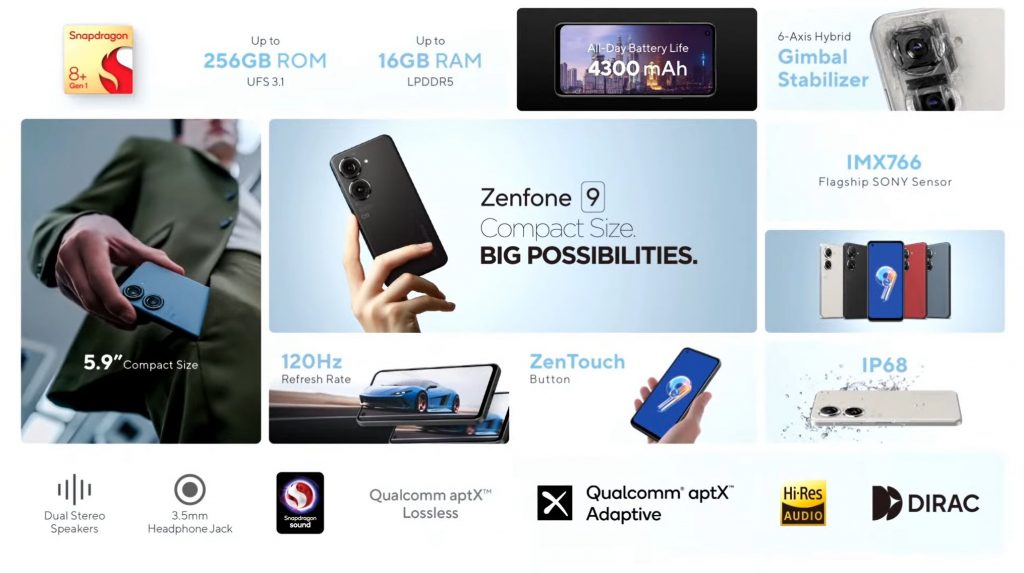
For Android, ideally, it would be the Asus Zenfone 9 with its relatively small 5.9” OLED display with a refresh rate of up to 120Hz. It’s also no slouch, packing a Qualcomm Snapdragon 8+ Gen 1 with up to 256GB of RAM and up to 16GB of RAM.
However, it’s not officially sold here in Malaysia. Bummer!
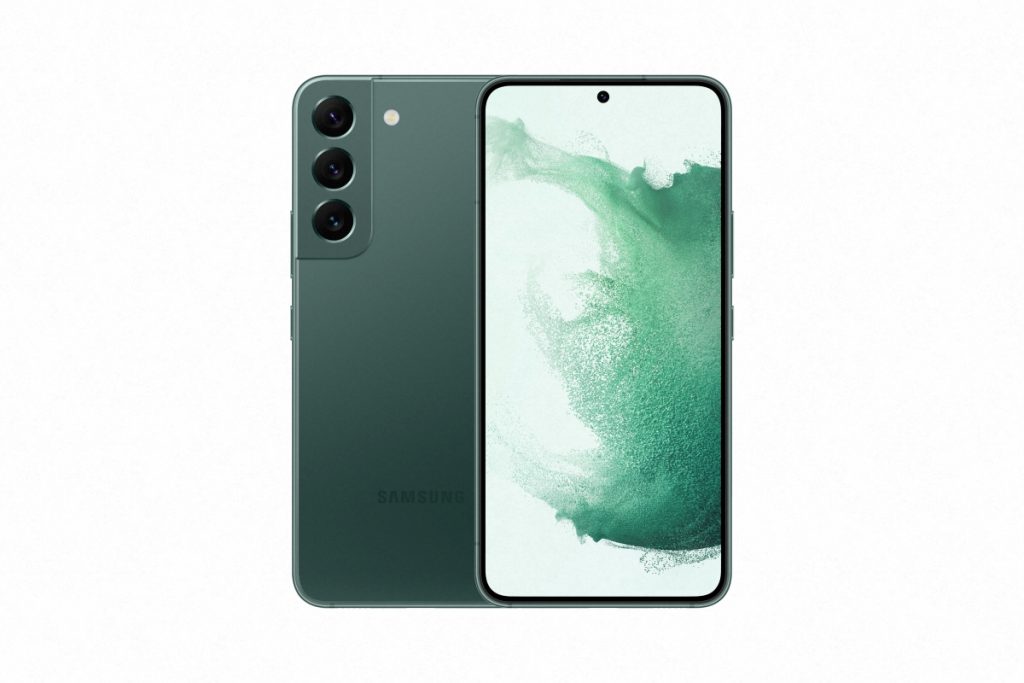
So, the next best phone would be the Samsung Galaxy S22 with a 6.1” Dynamic AMOLED 2X and a 120Hz refresh rate. Inside, there’s a Qualcomm SM8450 Snapdragon 8 Gen 1 paired with 8GB of RAM and 256GB of storage. Powering the devices is a 3,700mAh battery that supports up to 25W fast charging with a compatible charger.
The Galaxy S22 is currently on sale for RM3,299 on Samsung Malaysia’s eStore.
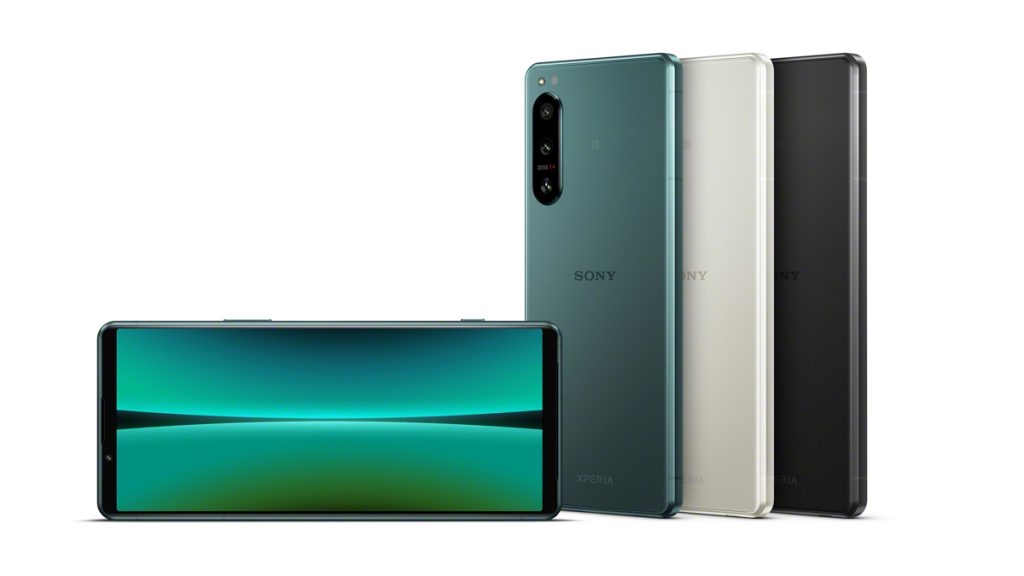
Now, despite having the same screen size as the Samsung Galaxy S22, Sony has managed to provide the Xperia 5 IV with a 5,000mAh battery. Up front, you get a 6.1″ OLED with a 120Hz refresh rate and is powered by a Qualcomm Snapdragon 8 Gen 1 paired with 8GB of RAM and 256GB of storage. Unlike the Galaxy, the Sony features expandable storage via a MicroSD card of up to 1TB.
However, these features come at a premium as the phone costs RM4,499.
That said, the Galaxy S22 will receive 4 years of major OS updates and 5 years of security updates, making it the more value buy.
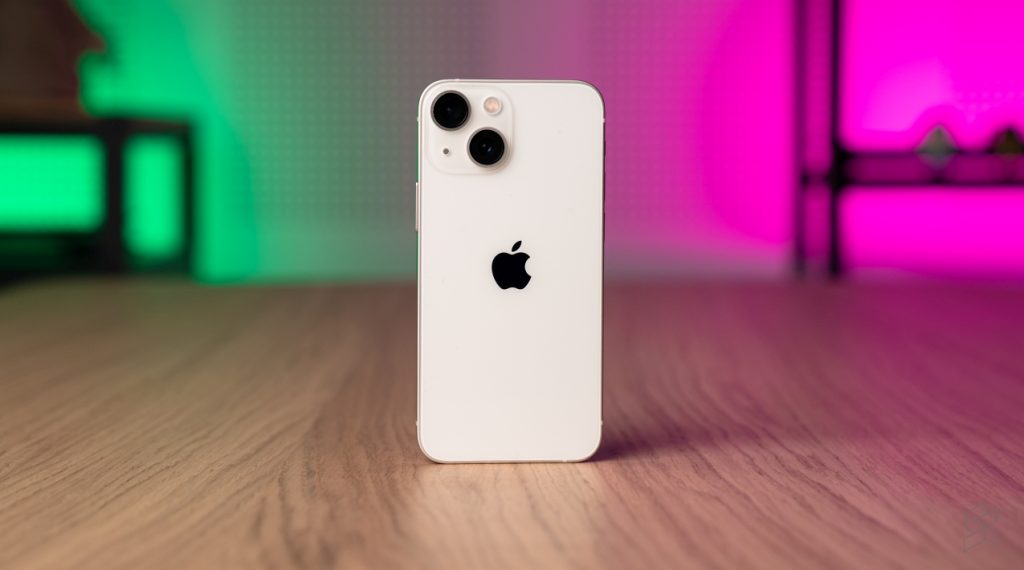
If you’re not into the whole Android master race, then you can check out the Apple iPhone 13 mini. Featuring a compact 5.4” Super Retina XDR display, it is one of the smallest phones you can buy today and is powered by Apple’s A15 Bionic SoC. There are three storage options to choose from starting from 128GB for RM3,199, 256GB for RM3,699, and 512GB for RM4,699.
Any Android smartwatch with ECG?
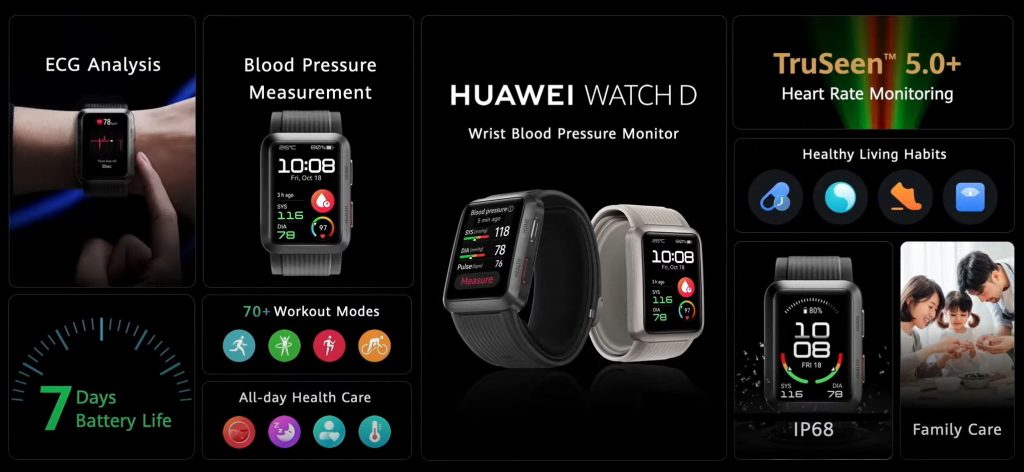
Well, you have the Galaxy Watch 5 and 5 Pro, Galaxy Watch 4 and 4 Classic, Huawei Watch GT 3 Pro and Huawei Watch D to name a few. However, only the ECG app on the Huawei Watch D is listed as a registered medical device under the Medical Device Authority or MDA, a regulatory body under the Ministry of Health.
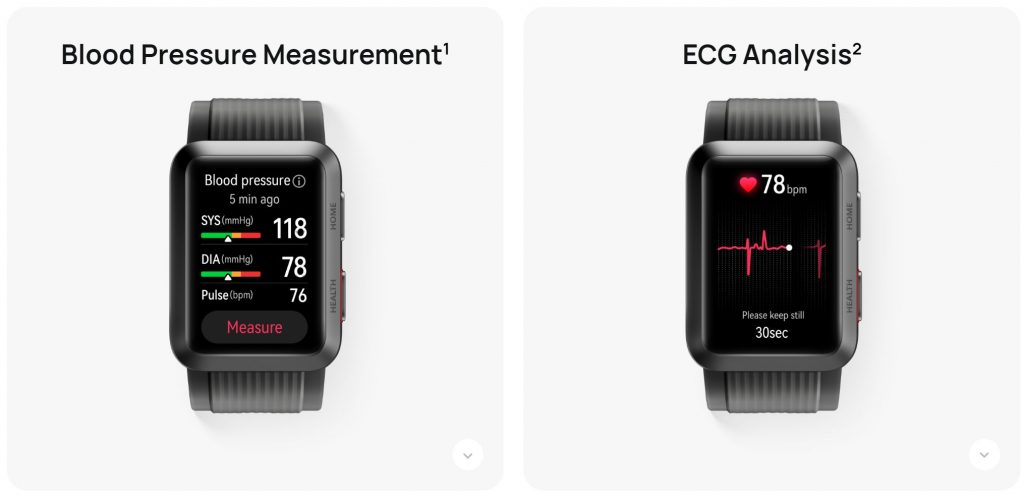
Furthermore, the Huawei Watch D also features a blood pressure monitoring system using a dual-layer airbag embedded in the watch strap which is inflated by a mini pump that has a maximum pressure of 40kPa. This feature has also been successfully registered with the MDA.
The Watch D is priced at RM1,999.
Samsung on the other hand also received approval for its blood pressure monitoring app on the Galaxy Watch 4 and Watch 5 series. It’s only a matter of time before a software update is pushed out to enable this feature.
Now unlike Huawei, Samsung’s implementation of the blood press monitoring system uses a simpler pulse wave analysis via the heart rate sensor.

